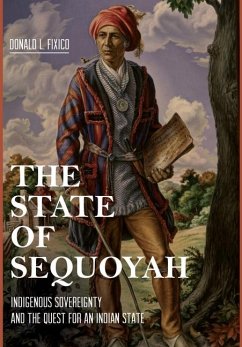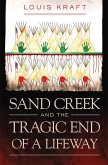Few people today know that the forty-sixth state could have been Sequoyah, not Oklahoma. The Five Tribes of Indian Territory gathered in 1905 to form their own, Indian-led state. Researched and interpreted by distinguished Native historian Donald L. Fixico, this book tells the remarkable story of how the state of Sequoyah movement unfolded and the extent to which it remains alive today.
Hinweis: Dieser Artikel kann nur an eine deutsche Lieferadresse ausgeliefert werden.
Hinweis: Dieser Artikel kann nur an eine deutsche Lieferadresse ausgeliefert werden.








